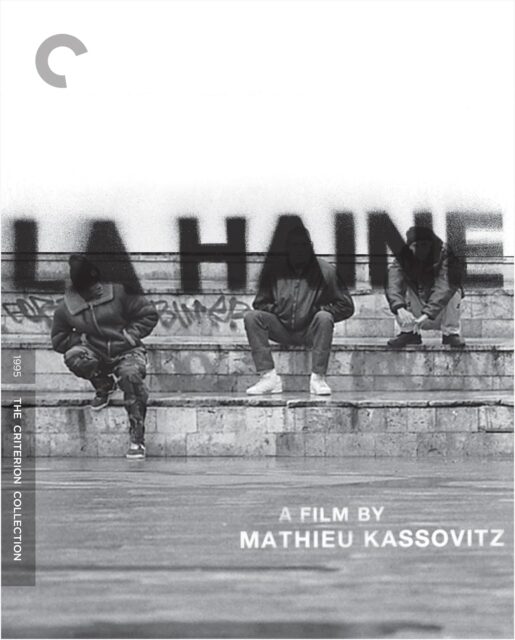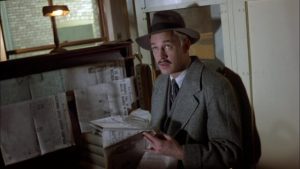
The post Home Video Hovel: La haine, by Rudie Obias appeared first on Battleship Pretension.
When we think about movies from France, it’s very likely that we automatically go to films from the French New Wave with directors, like Jean-Luc Godard, François Truffaut, Agnès Varda, Jacques Demy, and others. (Somewhat) modern French cinema is still as full of life and exciting with a dash of American and influences that give it a bit of edge (as it was in the 90s, as it was in the 60s). The Criterion Collection re-released Mathieu Kassovitz’s seminal 1995 film La Haine (Hate) with a new 4K Ultra HD restoration. And while this writer hasn’t watched this film since the early 2000s, it still feels as raw and important as it ever did.
Written and directed by Kassovitz, La Haine follows the day-in-a-life of a trio of friends — Vinz (Vincent Cassel), Hubert (Hubert Koundé), and Saïd (Saïd Taghmaoui) — in a housing project in the outskirts of Paris, France (banlieue). The film takes place the next-day after a riot of social unrest in the neighborhood, where police patrol, harass, and occupy the community until tensions grow more and more throughout its running time. It’s a portrayal of what happens when low income living, boredom, alienation, and hopelessness intersect in one powerful and explosive cinematic experience.
Not sure it’s fair to call La Haine, the French Do The Right Thing (or maybe Menace II Society), but the movies share a few similarities, while they also focus on different themes and outlooks. Both movies examine police brutality in minority communities, while both also focus on a day-in-the-life of its characters. Both end in ambiguous ways that puts themes and development solely on the audience too.
However, differences come because one is French and the other is American (obviously), as well as one focuses its characters as the children of immigrants (Vinz is Jewish Israeli-descent, Hubert is Afro-French, and Saïd is North African Muslim), while the other showcases generations of malaise with few options for upward mobility. The idea of being born in France, but still not accepted as French because where you were born, who your parents were, and family’s ethnicity. How can you feel French when French society and culture doesn’t recognize you? Regardless, La Haine deserves your attention as its own work of art, especially as an early work with Vincent Cassel and Kassovitz, whose filmography, sadly, peaked with this film.
The two-disc release itself (one 4K disc with the movie and one Blu-ray disc with the movie and bonus features) has the same bonus features as the initial Criterion Collection DVD from the mid-2000s, but the main reason for the upgrade is for the 4K Ultra HD restoration — supervised by director of photography Pierre Aïm and approved by Kassovitz. It feels enhanced and modernized for newer TVs, especially with Dolby Vision HDR (High Dynamic Range) support. Although the film is primarily in black and white, La Haine looks sharp with deep and dark black levels and bright and rich tones of white and gray. It still retains its grit and unpolished aesthetic, but captures the film’s hip-hop-infused and true-to-life tone.
The post Home Video Hovel: La haine, by Rudie Obias first appeared on Battleship Pretension.
The post Home Video Hovel: La haine, by Rudie Obias appeared first on Battleship Pretension.



